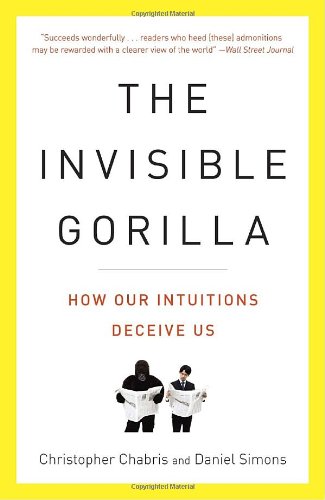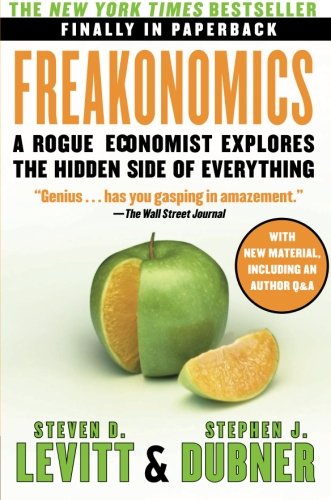There are three moments in every service experience that matter most.
They have an outsized impact on what your customers will remember. Get them right and you’re on way to establishing a loyal customer relationship. Fail in any of these moments and your service will quickly go from bad to worse.
These touch points are the Moments of Truth for your customer. As you read about each one, think about what your customers experience at each step along the way.
The Welcome
It’s probably not a surprise that first impressions are important, but why?
One explanation is something called confirmation bias. A strong first impression, whether good or bad, can influence how a customer perceives the rest of their experience.
Confirmation bias causes people to selectively filter information based on whether or not it fits with their beliefs. A customer might ignore a sub-par experience if they think you're great. On the other hand, the slightest misstep might be amplified in the eyes of a customer who is already angry.
You can read an example of how confirmation bias impacted two hotel stays here.
One challenge is the first impression doesn’t always occur at initial contact.
- A hotel guest may be arrive exhausted after a long day of travel.
- A customer calling a contact center may be annoyed by the time they reach a customer service rep because they had to navigate endless voice menu prompts and wait on hold for fifteen minutes.
- A customer visiting a retail store may be in a sour mood if they had to drive around for ten minutes to find a parking space.
There are only two ways to win in these situations.
The first is to turn the customer around with an outstanding first impression. Good just won’t cut it when the customer is already upset.
The second is to try to influence a better first impression. This involves identifying additional factors that can be controlled. Here are some examples:
- A hotel could offer an airport shuttle service to make arrivals easier.
- A contact center could use a friendly person instead of IVR.
- A retail store could negotiate designated parking spaces with their landlord.
These solutions aren't always possible, but top companies are always pushing to create a better customer experience.
The Peak
This Moment of Truth is the part of the experience that represents the greatest difference from the norm. It might be the very best thing that happened or the very worst.
As I wrote in an article on the salesforce.com blog, we don’t notice good service. We only notice service that’s different than what we expect. And, it’s the point in the experience that represents the biggest difference that we remember.
It’s easy to win this Moment of Truth when we are presented with a hero opportunity. One of my favorite examples is this story where Morton’s Steakhouse surprised a customer at the Newark airport with a steak after the customer had jokingly tweeted to Morton’s that he was craving one.
But, what about service failures? Unless you overcorrect the problem, the service failure itself will be the peak experience.
Too often, the focus is on returning customers to normal. If you go out to eat with a friend and your steak isn't prepared properly, most restaurants will bring you a new one. Does that really fix things? Your dinner companion either has to eat their meal while you wait for yours or let their food get cold.
Overcorrecting the problem would be finding a way to ensure you and your friend have a great dining experience, not just fixing the steak.
The Farewell
The last impression may also be the one that lasts the longest.
Think of it as the final chapter in a book. It’s not just the last step in the customer’s journey. It’s the experience that ties everything together and brings the experience to a close.
Consider what customers do after a service experience:
- Decide whether or not they’re likely to return
- Tell friends or family members
- Take a survey
- Write an online review
- Share their experience on social media
If the lasting impression was favorable, all of those activities can reinforce the customer’s positive impression. The opposite is also true. An unresolved problem can fester and grow the more the customer thinks about it.
What Can You Do?
There are a few things you can do to identify and win these critical moments of truth.
First, experience your company’s first impression through your customers’ eyes. Are there opportunities to make it better? Easier? More welcoming?
Next, get obsessive about preventing service failures. A service failure will automatically become the peak experience if you can’t quickly resolve it.
Finally, try to end every experience on a good note. This means actively discovering and resolving problems before the experience is done.
Simplistic advice? Perhaps. But, it’s also easier said than done.



















